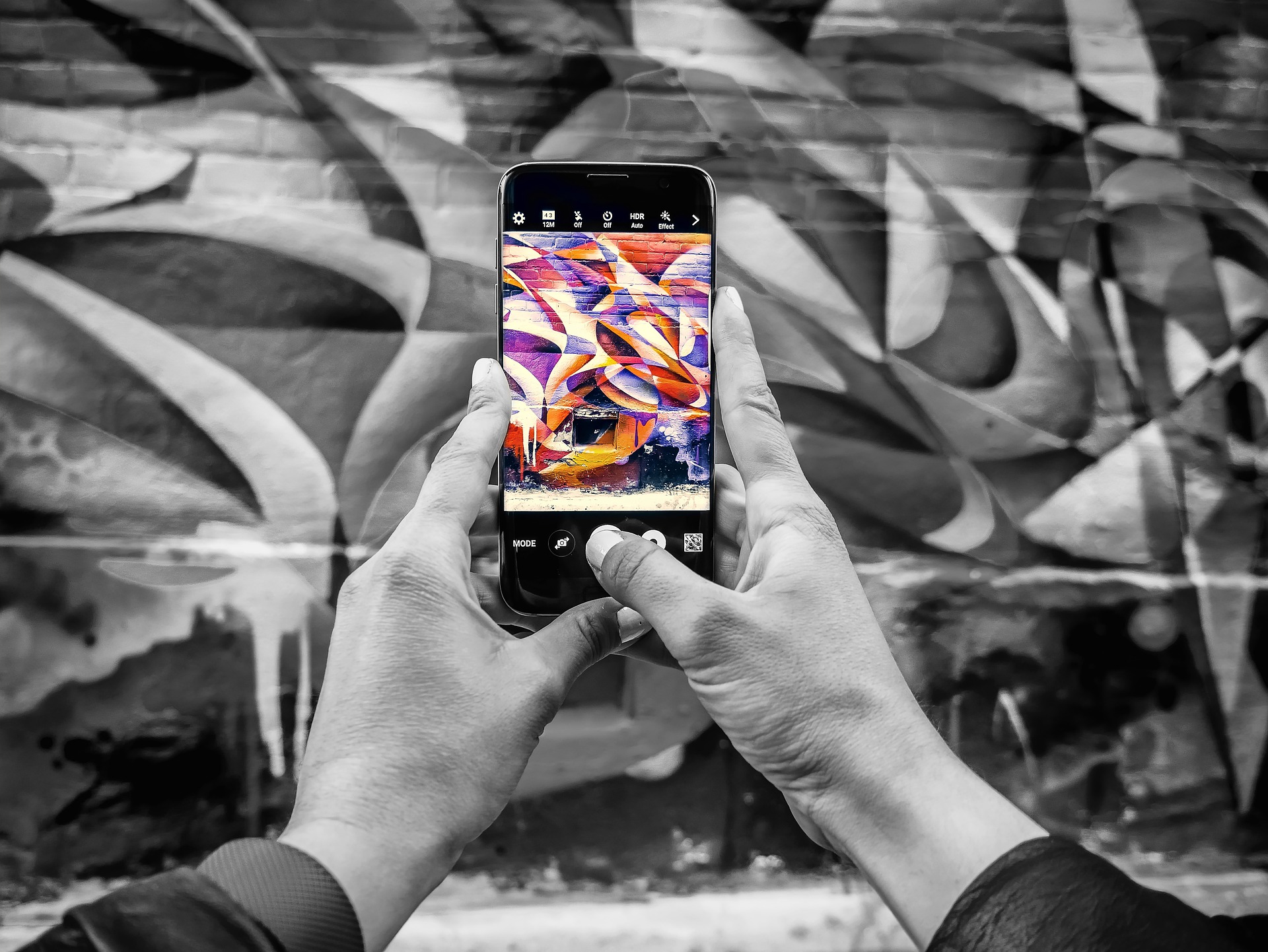Breaking the Fourth Wall: A Shift in Modern Entertainment
As we delve into the rich tapestry of the arts and entertainment industry, there's a trend that’s steadily gaining ground, subtly altering the way stories are told across mediums. This trend – breaking the fourth wall – isn't new, but its recent surge in popularity merits a closer examination.

A Look Back at the Fourth Wall
Historically, the term ‘fourth wall’ originates from the world of theatre. In a traditional setting, the stage is surrounded by three physical walls, and the invisible ‘fourth wall’ separates the performers from the audience. This invisible barrier is generally respected, ensuring that the audience remains passive observers.
However, in the late 19th century, a shift occurred. Playwrights like Bertolt Brecht began to consciously break this wall, directly addressing the audience, making them an active participant in the narrative.
The Fourth Wall in Contemporary Media
Fast forward to the present day, and this concept has permeated other forms of media, particularly film and television. From ‘Ferris Bueller’s Day Off’ to ‘House of Cards,’ characters are more frequently addressing the audience directly, shattering the illusion of a separate reality.
This modern fourth wall-breaking is seen as a tool for character development and narrative progression. It has the power to make narratives more engaging, offering unique perspectives and creating a sense of intimacy.
Impact and Significance of the Fourth Wall Break
The impact of breaking the fourth wall is far-reaching. Not only does it challenge traditional storytelling norms, but it also encourages audiences to question the nature of reality and representation in media.
In a world increasingly driven by interactivity and user participation, this trend can be seen as a reflection of our changing relationship with media and art. It’s no longer enough to be a passive observer – audiences seek an active role, and breaking the fourth wall facilitates this.
Reception and Criticism
While the fourth wall break has been praised for its innovative approach, it hasn’t been without criticism. Some argue that it can disrupt narrative flow and decrease immersion, taking audiences out of the story rather than drawing them in.
However, proponents argue that the benefits outweigh these potential drawbacks. When used effectively, breaking the fourth wall can offer an additional layer of complexity, enriching the overall narrative experience.
The Future of the Fourth Wall
As we move forward, it’s clear that the trend of breaking the fourth wall will continue to shape the future of storytelling in arts and entertainment. It provides a unique way to engage audiences, offering an innovative approach to narrative development.
In conclusion, breaking the fourth wall is more than just a trend; it’s a testament to the ever-evolving nature of the arts and entertainment industry. As audience demands shift and grow, so too will the techniques used to engage them. Regardless of the medium, the fourth wall break is here to stay, challenging the norms and pushing the boundaries of traditional storytelling.




